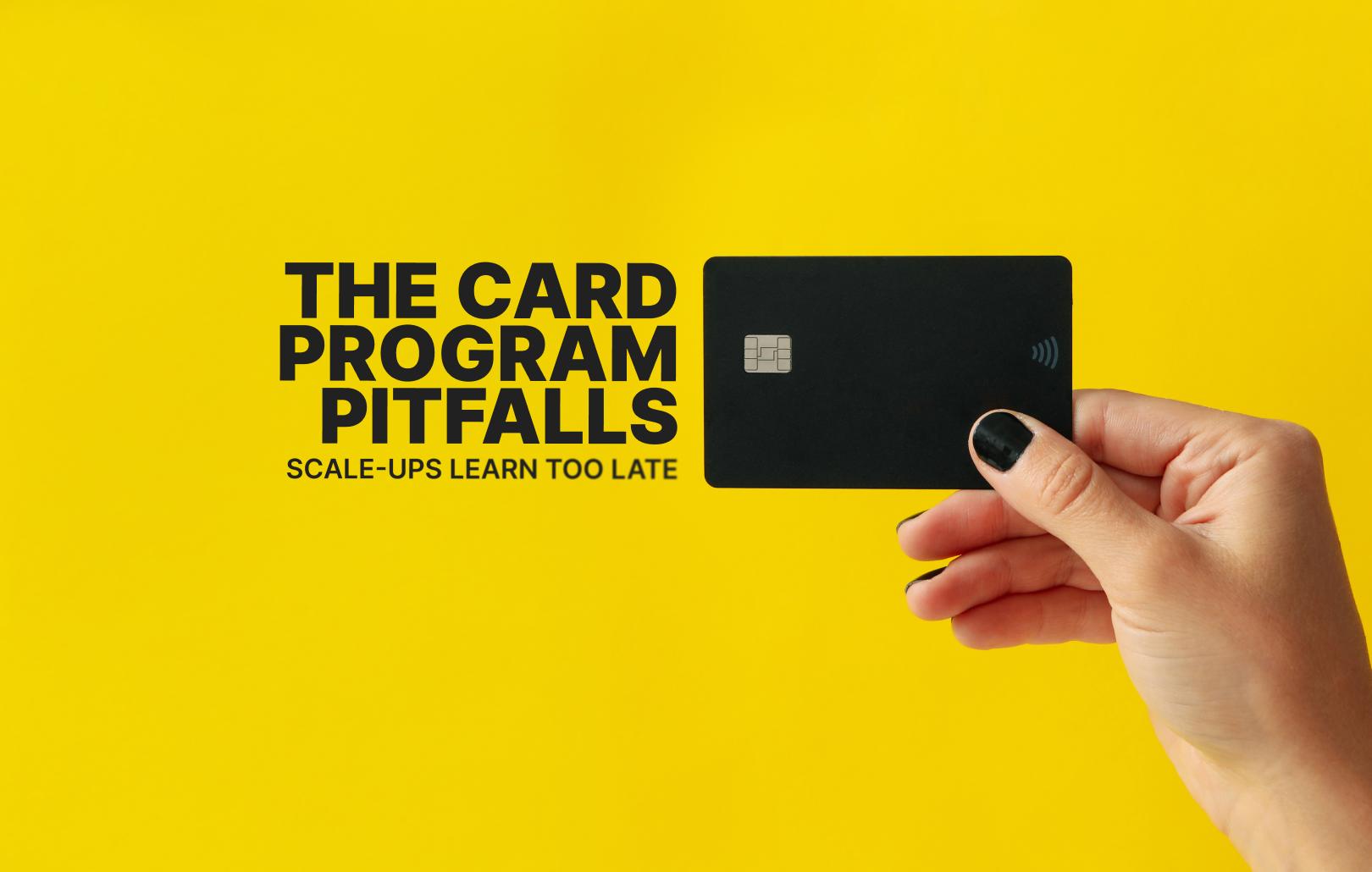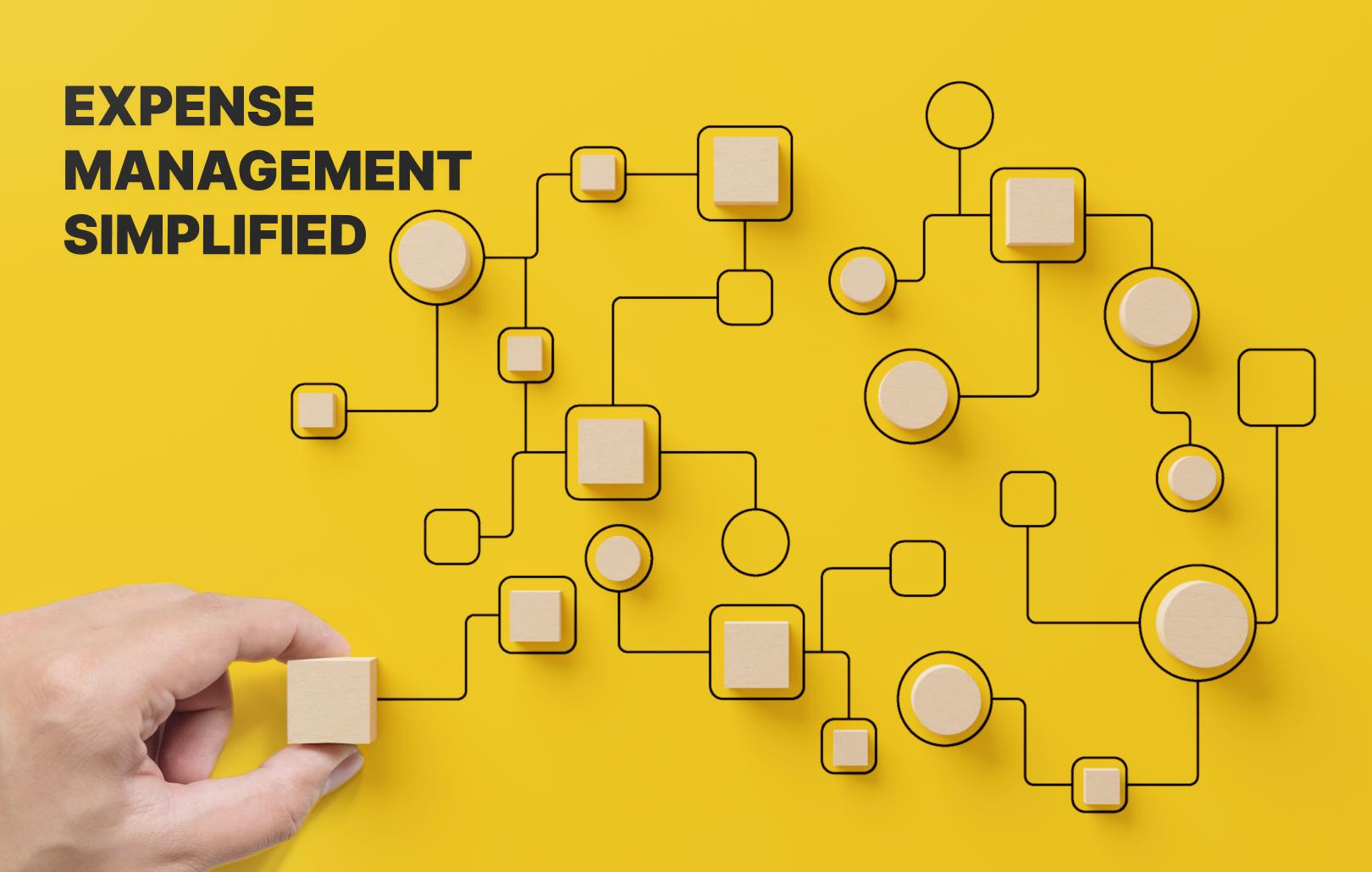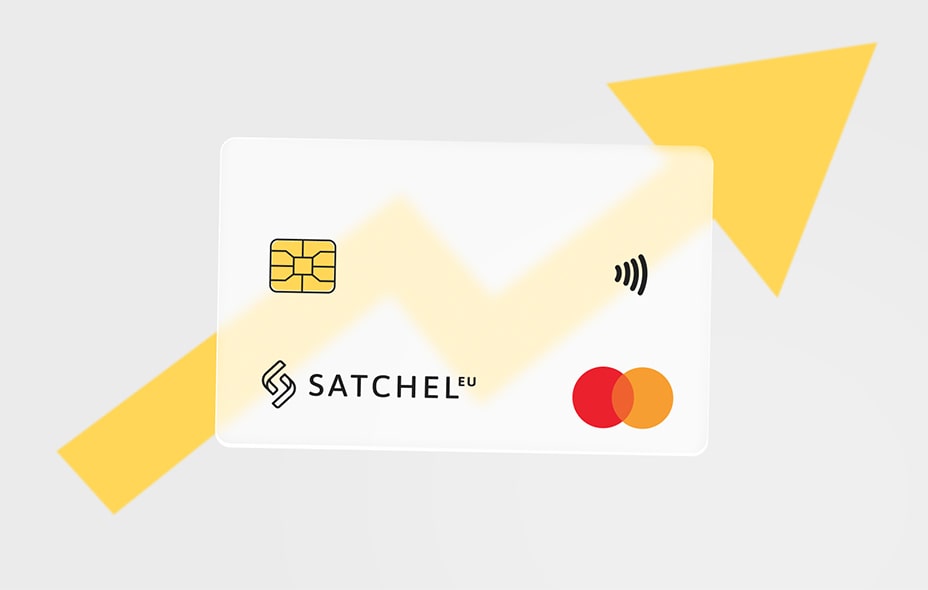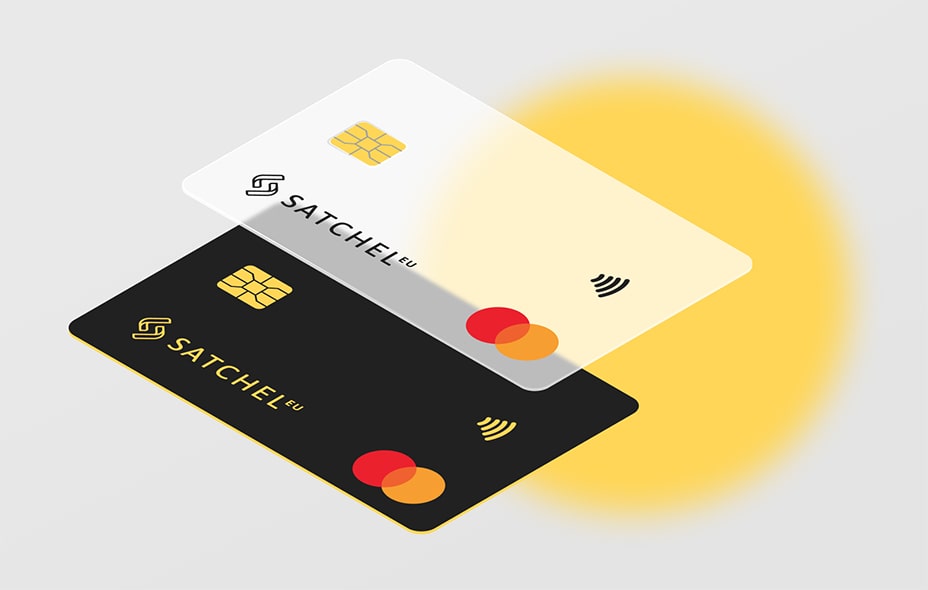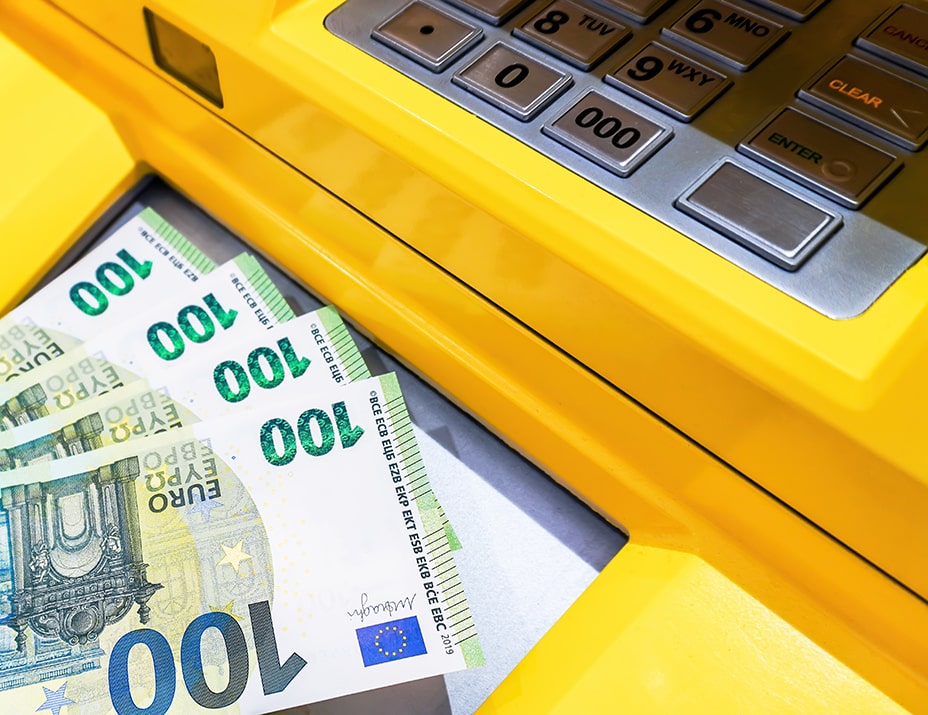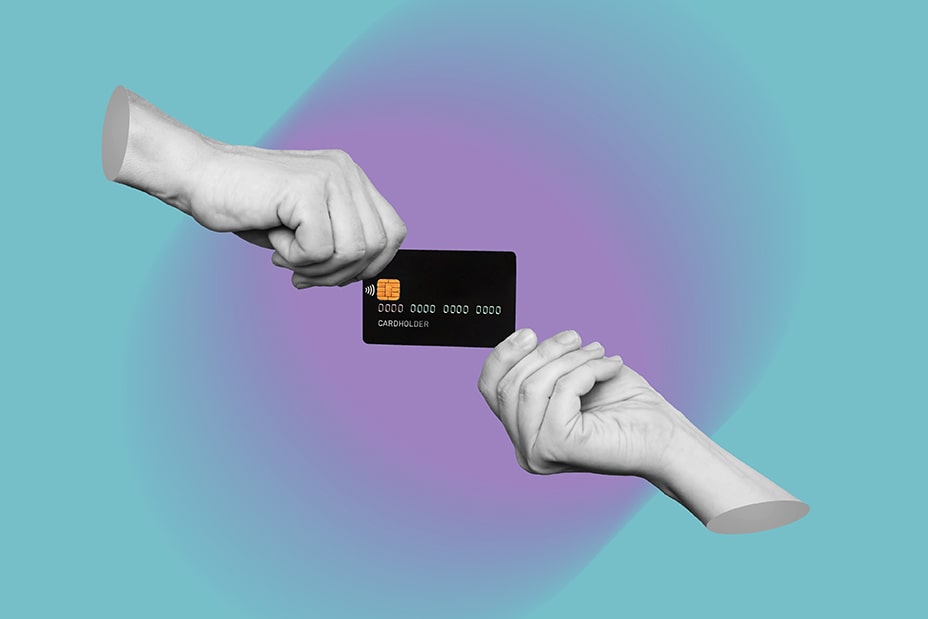The Look and Feel of Metal Card

Payment cards have been around since the late ’60s as a concept and since the 70’s in the form we all are acquainted with: plastic cards with a magnetic stripe, embossed info, and often a chip. While it’s so usual for them to be made of plastic that we even changed our language to not consider otherwise possible, like in ‘pay with plastic,’ other forms do exist.
In the beginning, there were experiments with heavy cardboard, different plastics; nowadays, quite a few banking providers experiment with wooden, translucent, or bio-degradable cards. All this said, one of the non-plastic kind has been around for a while now.
Cards For Showing Off Your Status?
The first metal payment cards were introduced in 1999 by American Express. At $7,500 upfront and $2,500 yearly payment, these were not only some of the most expensive cards ever, but also available by invitation only. These, available only to the select folks, have nevertheless started the advent of the metal card. The availability and prices for metal payment cards have started to become accessible to a broader consumer base almost the next year, and by now, a metal card is something that works for almost any kind of wallet, sometimes for as low as 20 euro upfront.
Nevertheless, metal payment cards are still marketed as a luxury card product to highlight the cardholders’ status. Even the cheapest metal cards available on the market are used by young people with skill-demanding employment that spend a lot on service and premium product purchases and travel more than their peers.
Are Metal Cards… Metal?
One of the words popularly attributed to a metal card is ‘heavy.’ Indeed, metal is much more dense than plastic, but there are a few drawbacks of using solely metal for metal card production. For instance, metal is an electromagnetic shield, so a true metal card can’t be contactless, which nowadays is virtually useless. That is one of the reasons for the coming of new, hybrid, cards, that nevertheless are still marketed as metal payment cards, but are a bit more usable and cost less.
For example, it is possible to issue cards with a metal front and PVC-made backplate, that would be contactless yet still heavy and very much shiny on the front where it bears the holder’s name. The other option is a plastic card covered with thin metal sheets that let the electromagnetic contactless signals through. A payment card like this would be perfectly glossy, on both sides, but now considerably less heavy.
Is A Metal Card a VIP Card Only?
The popularization of metal cards and advancements in their product made metal payment cards almost as accessible as any physical credit card product. Nowadays, more and more providers look at metal cards as an option to stand out of the crowd, especially in the case of corporate spending cards, salary card solutions, or simply personal cards for a certain group of bank’s clientele.
Metal payment cards are steadily becoming less of a gimmick and it’s about time every card provider should embark on the metal card train.
***
Satchel is researching possibilities to introduce new virtual and physical products to the market to cover more and more personal and business needs. While we are concentrated on building a product for everyday use, available to most customers, don’t forget to keep following our official news channels for our new metal card endeavors, and much more.

